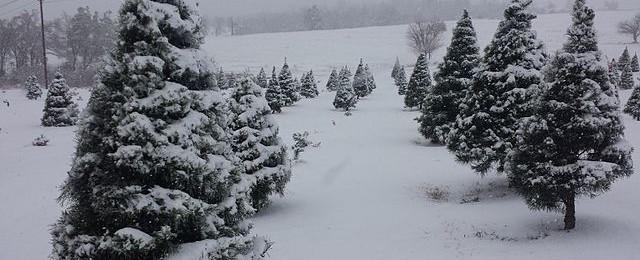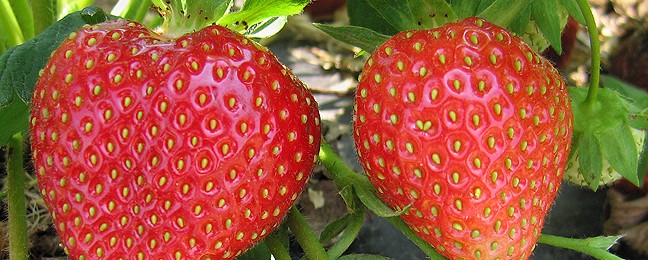Crops
-

I’ve worked with farmers in southern Georgia who are expanding into new crops that can be sold in markets as “local” produce if they are grown in-state. These crops include olives and satsumas, both which have been grown in different climate regions in the past but now are starting to be produced in Georgia. The…
-

AgWeb published an article earlier this week discussing the reduction in wheat production this year compared to last year in the South, particularly in the article’s focus area of Louisiana. They say “Too much rain, low prices and a disease called headscab have created a perfect storm driving farmers who often plant wheat not to…
-

An article from Yale Climate Connections this week shows that real Christmas trees grown in North Carolina and other places are being subjected to increased risks from insect and fungal diseases, drought and extremes in weather. These risks are increasing due to changes in climate over time. Foresters work on a longer timeline than crop…
-

Food and Wine‘s latest blog entry discusses the move by Champagne producer Taittinger to bring sparkling wine production to the United Kingdom. The blog post says “The Champagne house is planting vineyards of Chardonnay, Pinot Noir and Pinot Meunier in Kent, to be used in a line of high-end English sparkling wines marketed under the…
-

Rome Ethredge of Seminole Crop E News pointed out a great blog posting on the South Carolina floods of October 2015 from Extension agent Justin Ballew. In the blog post, Justin provides a video which describes the devastation that the floods caused to SC farms and farmers and provides a link to a Clemson website…
-

The Packer reported today that Florida’s strawberry harvest began this year in early November, considerably earlier than its usual start in late November. This is due in large part to the unusually warm temperatures that were seen in October and November, hastening the ripening of the berries and allowing growers to start picking sooner than…
-

This is the International Year of Soils. A number of stories have been written about the importance of healthy soils in stabilizing climate and improving yields of crops. University of Tennessee at Knoxville scientists recently released a study showing that the soil in the region encompassing the Dust Bowl in the 1930’s is still degraded,…